10 Color Photos Photographers Took 100 Years Ago That Still Mesmerize Us Today
Categories: History | People | Photo project | Photo School | Society | World
By Vika https://pictolic.com/article/10-color-photos-photographers-took-100-years-ago-that-still-mesmerize-us-today.htmlI don't know about you, but I love period dramas. They're like a window into the past: we can see how people looked and lived a hundred or even more years ago. However, they're often just interpretations of the past.
Why opt for how someone imagines what the world looked like when you have photographs that can show you? That's why we've put together a list of some of the oldest color photographs so we can all marvel at the ingenuity of photography and feel closer to the history of the places we now live in.
To learn more about the processes of the fascinating history of color photography, Pictolic reached out to Mark Osterman. He's a former photographic process historian for the George Eastman House International Museum of Photography and Film who teaches workshops in early photographic processes from Niepce heliographs to gelatin emulsions. Osterman kindly agreed to take us behind the scenes of the makings of color photography.
10 PHOTOS
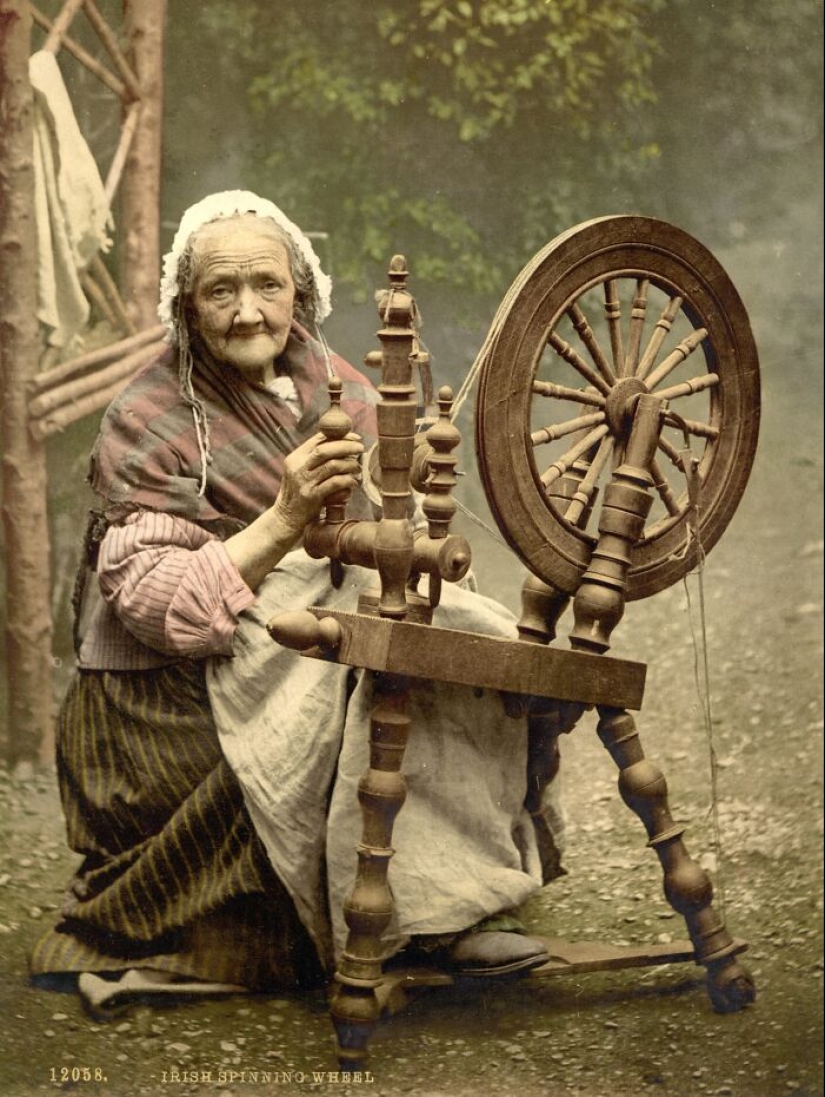
#1 Irish Spinner And Spinning Wheel. Co. Galway, Ireland, 1890
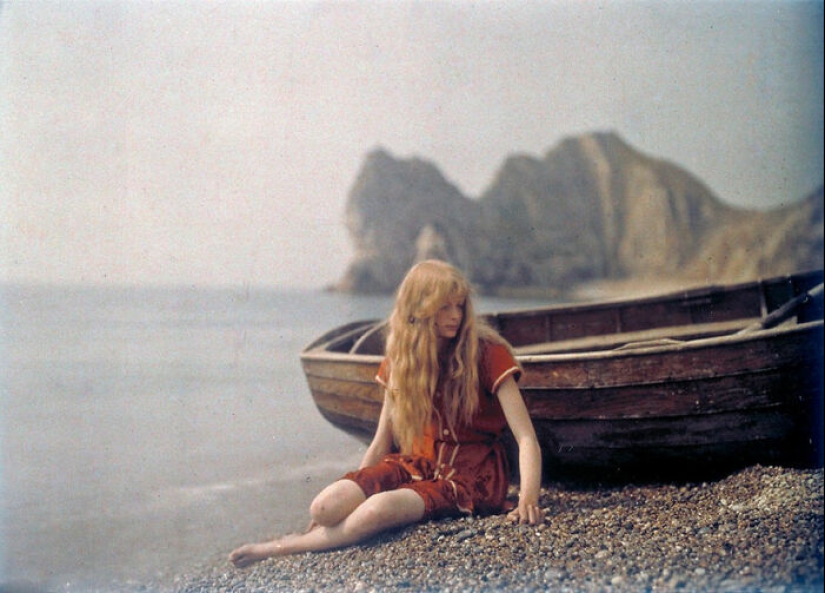
#2 Christina In Red, 1913
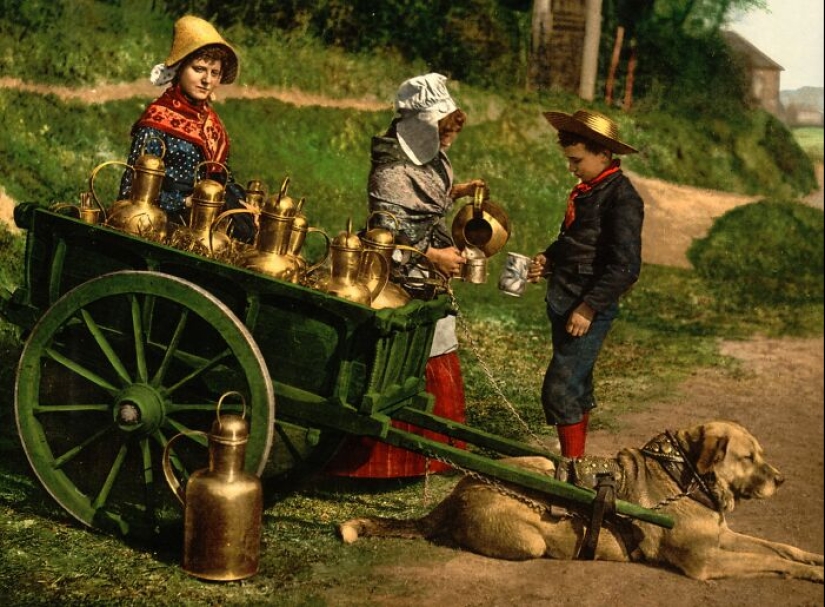
#3 Milksellers, Brussels
Historians date the oldest photograph to 1826 France. At least that's the oldest one that we know of today. That's when Joseph Nicéphore Niépce started experimenting with a camera obscura and took a snapshot of the view outside his window.
Scottish physicist James Clerk Maxwell took the world's first colored photograph. He experimented with red, blue, and green filters while photographing a ribbon. By projecting all three images onto a screen simultaneously, he was able to recreate the original image of the ribbon.
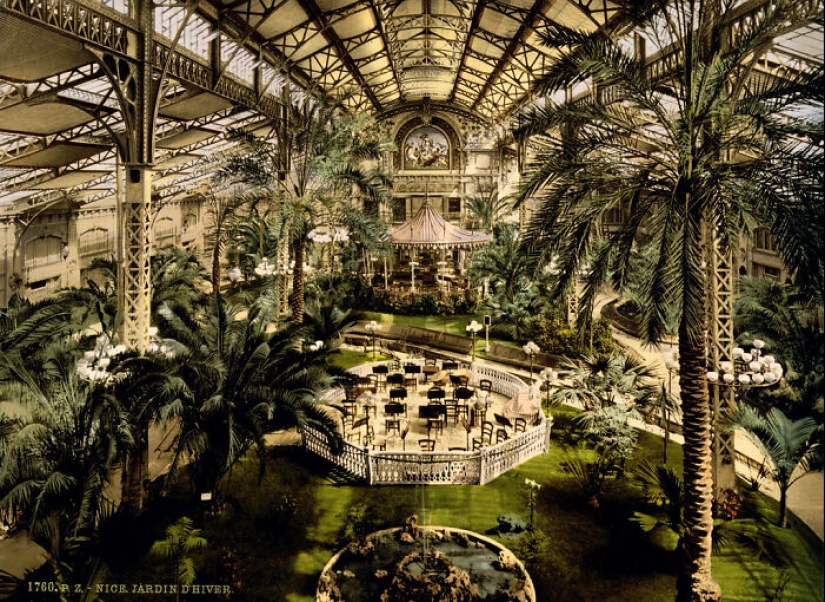
#4 Winter Garden, Nice, France, Ca. 1895
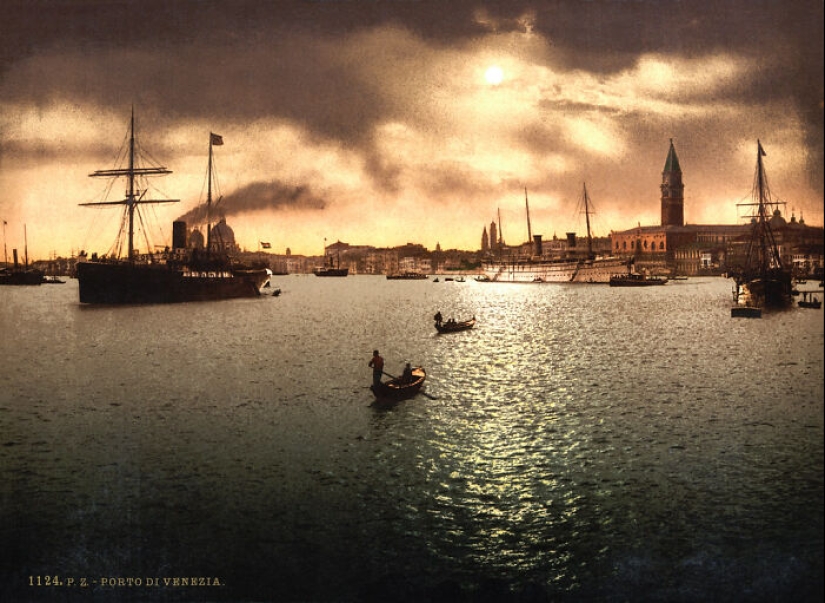
#5 Port Of Venice, Italy, Ca. 1889
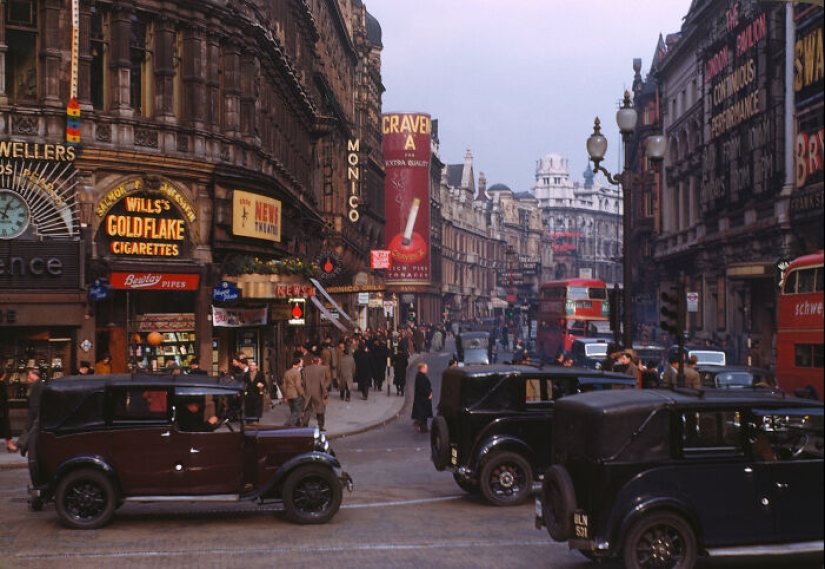
#6 London, Kodachrome
As evident from Niépce's and Maxwell's experiments, and as photographic process historian Mark Osterman told Pictolic, the processes behind colored photographs were virtually unknown to the general public. "They were experimental," he explains.
However, what Maxwell did back then isn't so far off from how we get color photographs with our cameras and phones. "If you look at your computer or phone camera screen with a strong magnifier, they both rely on the same technology," Osterman explains.
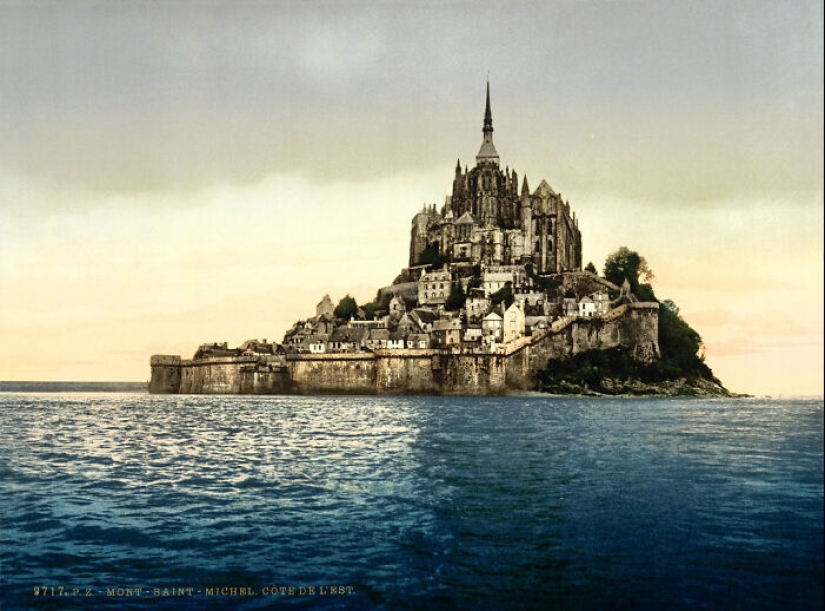
#7 East Face, Mont-Saint-Michel, Normandy, France, Ca. 1895
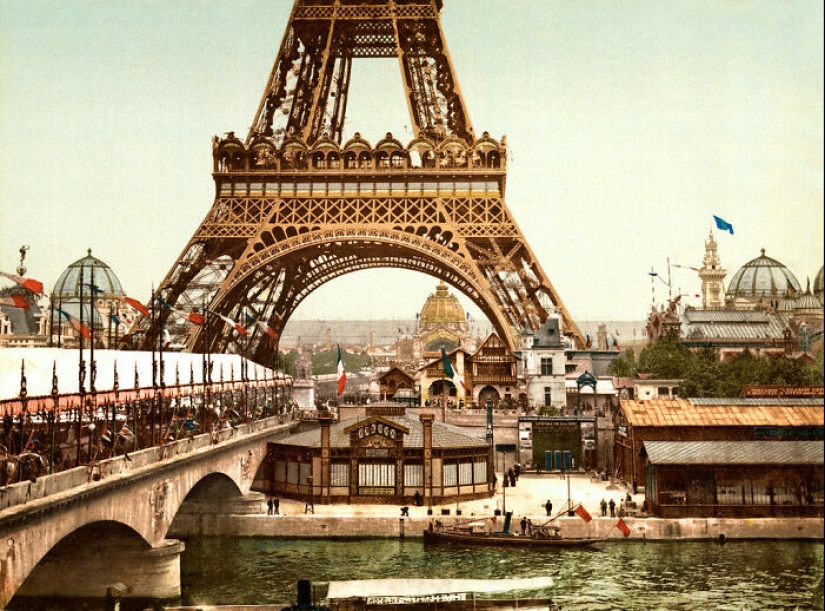
#8 Tour Eiffel & Exposition Universelle, Paris, France, 1889
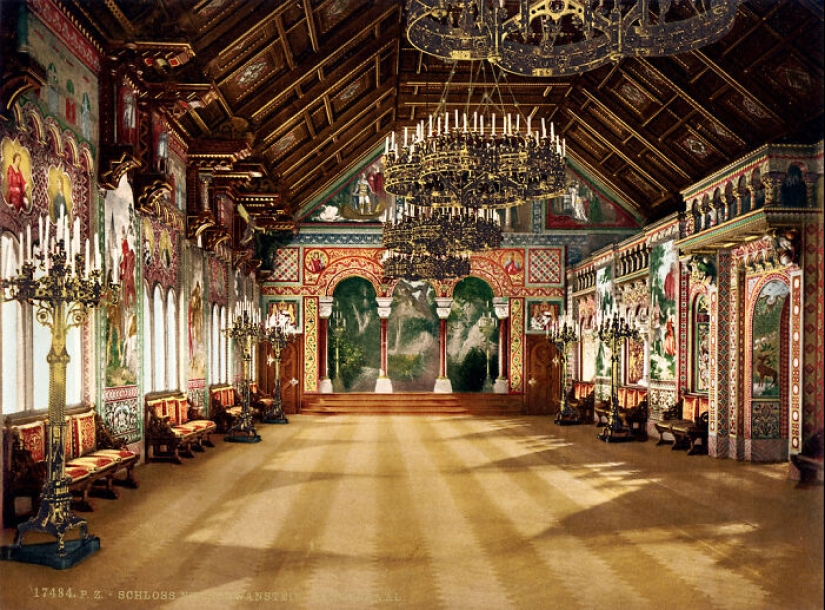
#9 Singers' Hall (Music Room), Neuschwanstein Castle, Upper Bavaria, Germany, 1886
"You will see red, green, and blue lines," he goes on. "The other colors are based on those lines being next to each other. For instance, yellow is a virtual mixture of red and green lines next to each other. White is actually all three colors next to each other!"
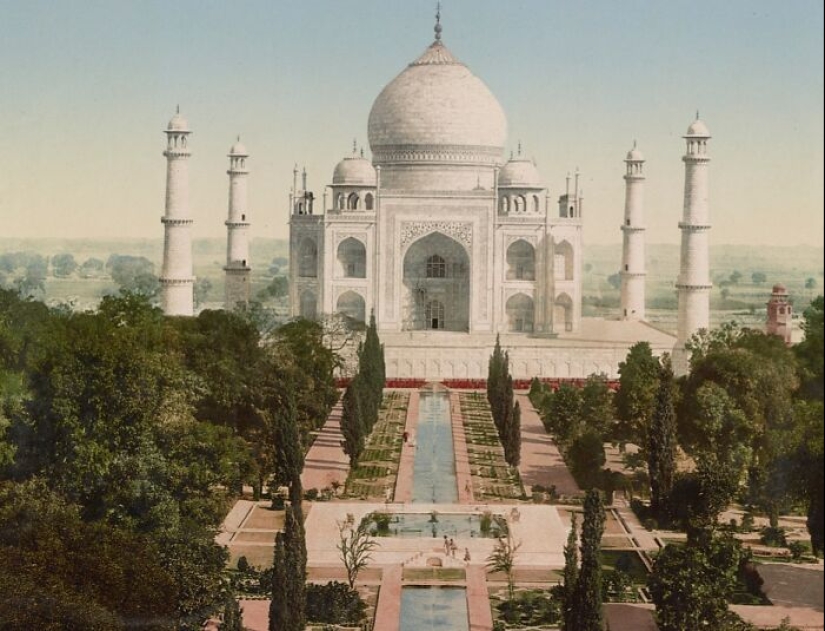
#10 Agra, Taj Mahal
Keywords: Historical photos | History | Photos | People | Age ago | Dramas | Interpretations
Post News ArticleRecent articles

It is impossible to imagine the New Year without citrus fruits, especially tangerines. And on other days it is difficult to refuse ...

There are special fans of second-hand stores who love to rummage through piles of things in search of “something special.” ...
Related articles

Compared to the 1970-ies 1980‑e years were a time of cautious optimism in new York. Boom on wall street fueled the speculative ...

Many are tormented by the question — why do some grow long nails on his pinky. If you ask the owners of such "decorations", we ...

May West once jokingly said that she should be given a license to invent sex, which she discovered for Americans. The name of this ...

"Wash your hands before eating!" — a phrase familiar to us since childhood. The parents explained that with the help of this ...